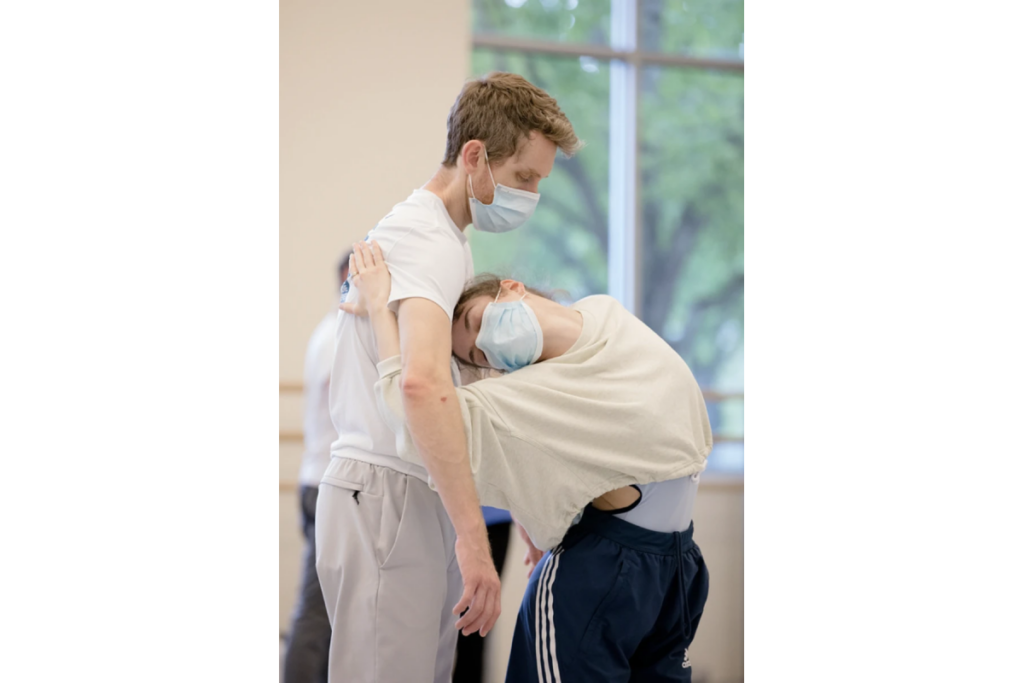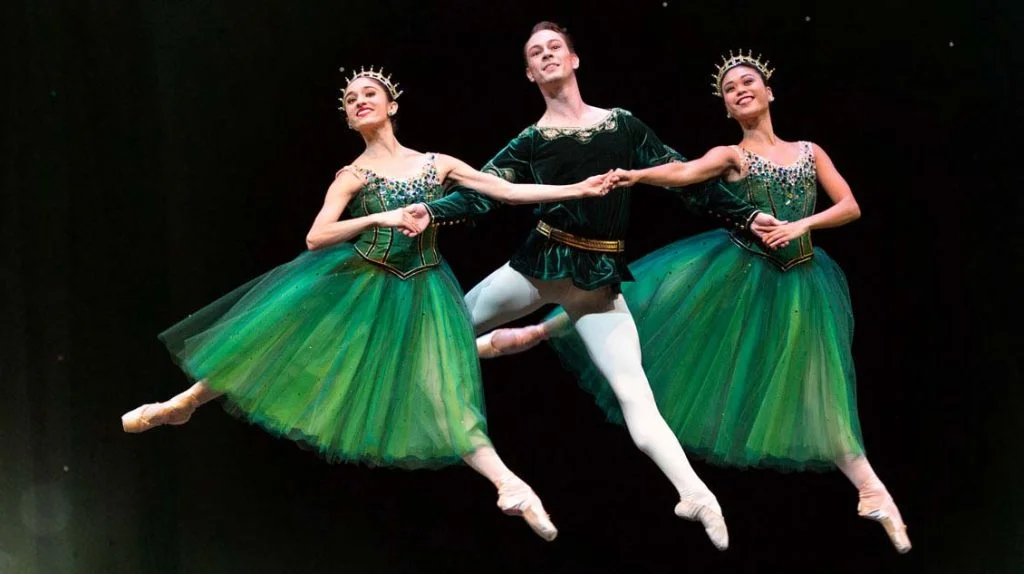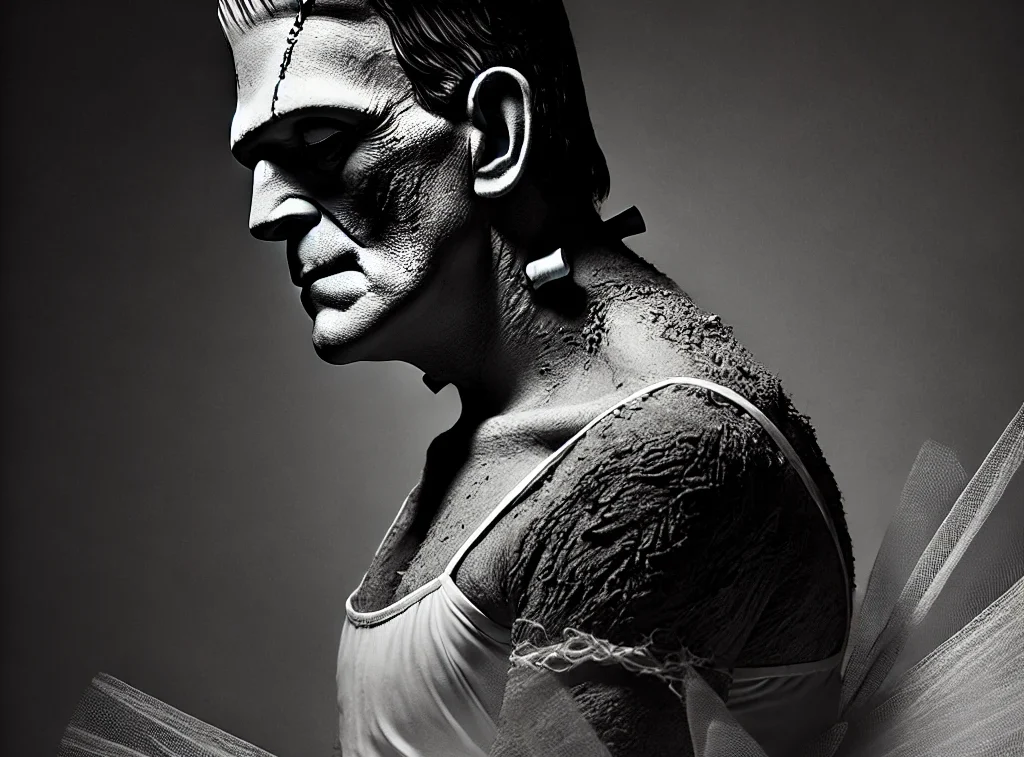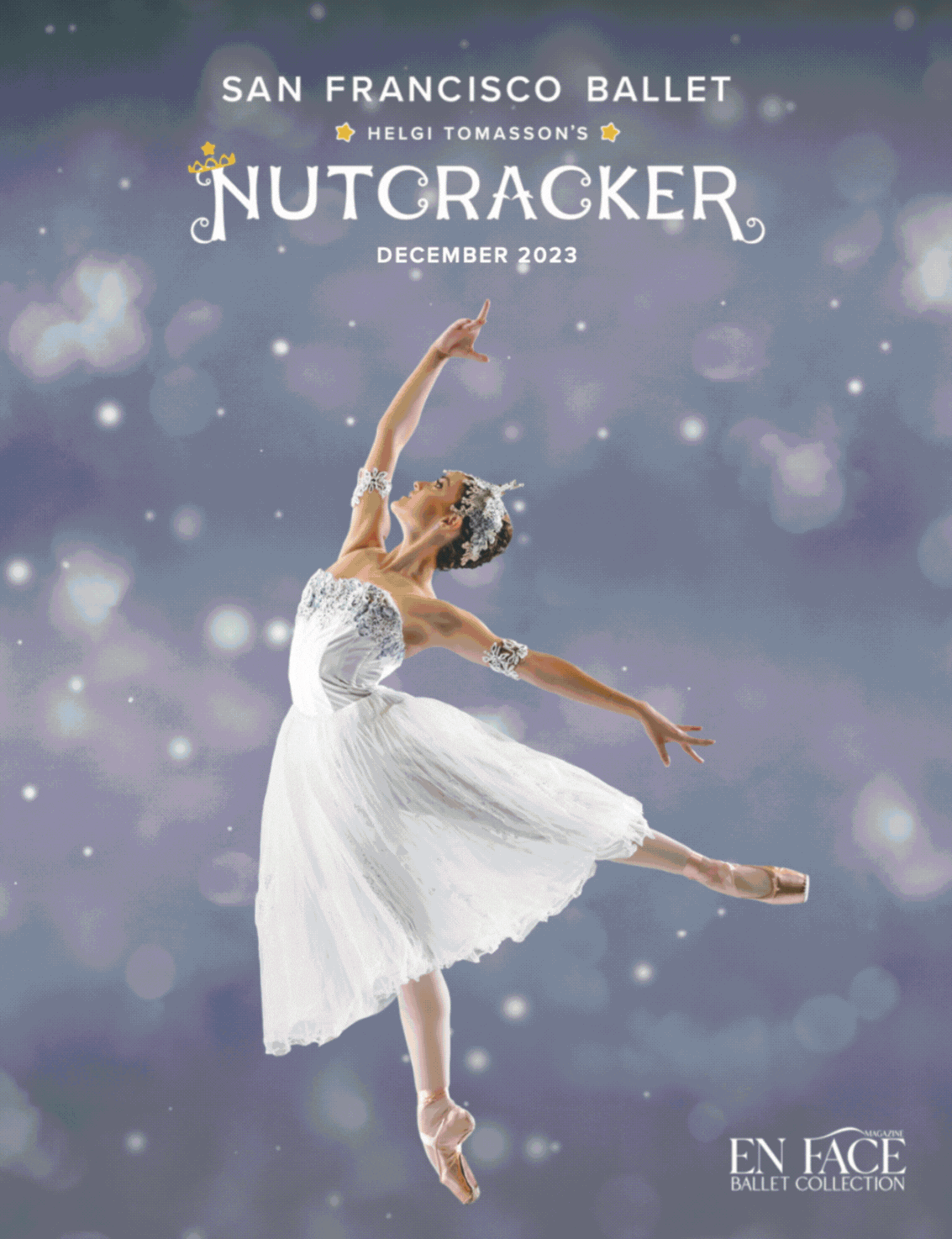“The Studio Was Calling Me” Michelle Manzanales on the Intoxication of Dance
Michelle Manzanales is the rare dance artist with multiple talents in her field— and yet she almost followed a different path. We wanted to know how her multifaceted perspective influenced the creation of Mirror, Mirror, her world premiere for OBT, which casts an eye on our lives’ priorities, complexities, and the exquisiteness of dancers.
Dance was always around me. In my family, we were always dancing at parties, gatherings, holidays. I didn’t realize until later that not every family is like that! But there’s something about dance that is intoxicating. When you’re in the physical act of doing it, it transports you.I tagged along with my older sister to the dance studio at age 3 and before I knew, I was there every day. I even started choreographing young— I’d hear a song and see dances in my head. That’s another thing I now realize is not normal!What compelled you to dance professionally?
I actually went to the University of Houston for a degree in business administration and finance. There wasn’t a great tradition in my family for college, so I just created this idea in my mind that I should get a degree that would help my family and create a future for myself, but I spent so much time dancing while I was there that I may as well have been in the dance department. I did my first choreography there and started dancing with two local companies during my senior year.
I took a job with a financial institution after graduation, but the studio was calling me. Dance was calling me back. So I moved to Chicago to work with Eduardo Vilaro at Luna Negra Dance Theater and ended up following him to New York when he became director of Ballet Hispanico. I’ve been with BH for 12 years, first as rehearsal director and now as director of the school.
It’s interesting that you’ve worn so many hats in the dance field: performer, director, educator and choreographer. How do those roles inform each other?
One of my teachers, Victoria Loftin, commented once that “Michelle always wanted to do it all,” and it’s true! I wanted to dance, teach, and also choreograph— and I didn’t think that was weird. I really feel they all feed each other. As rehearsal director, I was in the studio with these amazing choreographers, watching their craft, their skill, what worked and what didn’t. It was like ‘choreographer university.’ So when I put the choreographer hat back on, I’d gained all these skills that really supported me.
Being a teacher means being able to communicate from different angles to get through to a dancer— because not everyone learns the same way. And then you create an environment where they feel supported, safe, encouraged to be creative and not nervous about it. That human connection is the key that unlocks the space to learn. It could be an academy kid or a professional dancer. They both need that same thing.
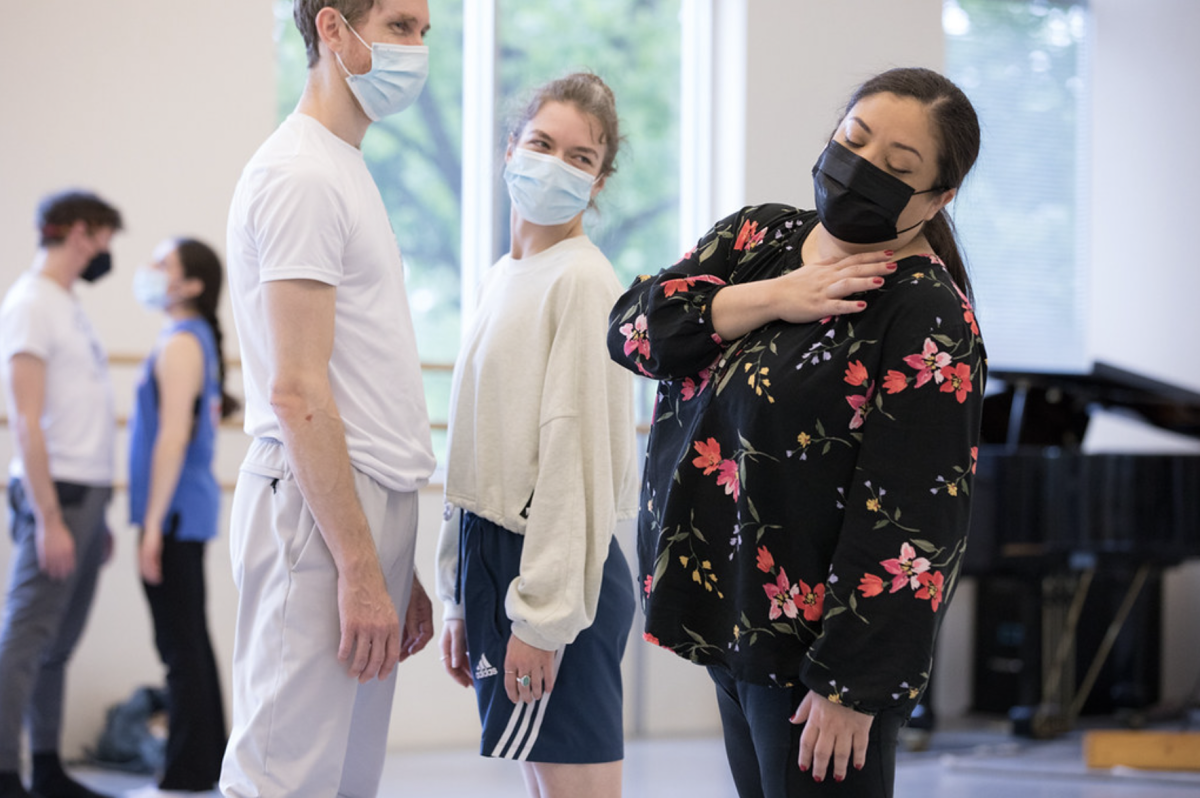
Manzanales rehearsing Brian Simcoe and Hannah Davis for Mananales’ Mirror Mirror. Photo by Blaine Truitt Covert.
I want to say first that the dancers of OBT are beautiful, amazing creatures. It comes back to that concept of a teacher’s skill in creating an environment of trust, because it takes that foundation to build a piece together. I came in with a movement phrase to share with the dancers so they could see what my style is like and we could have that ‘first date,’ if you will. And that steered me towards ideas I wanted to play with. We evolved it together.
The scariest part is to not be completely planned and to be open to what’s happening in the room. I wanted to bring the dancers into my movement philosophies and principles because if they don’t understand where it’s coming from, aren’t given a glimpse into the world and reasoning behind the movement, it vanishes. It becomes just a dancer doing the steps.
So it’s about pulling from their strengths and my strengths to create this piece together. It would not be the same on any other company. It’s OBT.
What do you want audiences to experience when watching your piece?
Rather than a narrative, I created little vignettes to take us into different worlds, all around a theme. One section is about the hustle and bustle of daily life; another is the interruption from that treadmill of life. My hope is that the audience will come along on this journey with me, let go of the noise in their heads. That’s what’s so beautiful about theater. The lights go down and we’re able to have a moment of real reflection and thought. Art, and for me, dance in particular, furthers our understanding of ourselves and what we’re experiencing.
I don’t pretend to have some profound answer that nobody else has. I try to bring into this moment the things we’re dealing with, through the lens of contemporary dance, through my eyes as a choreographer, and through these beautiful dancers, who are embodying it and living it onstage for us.

